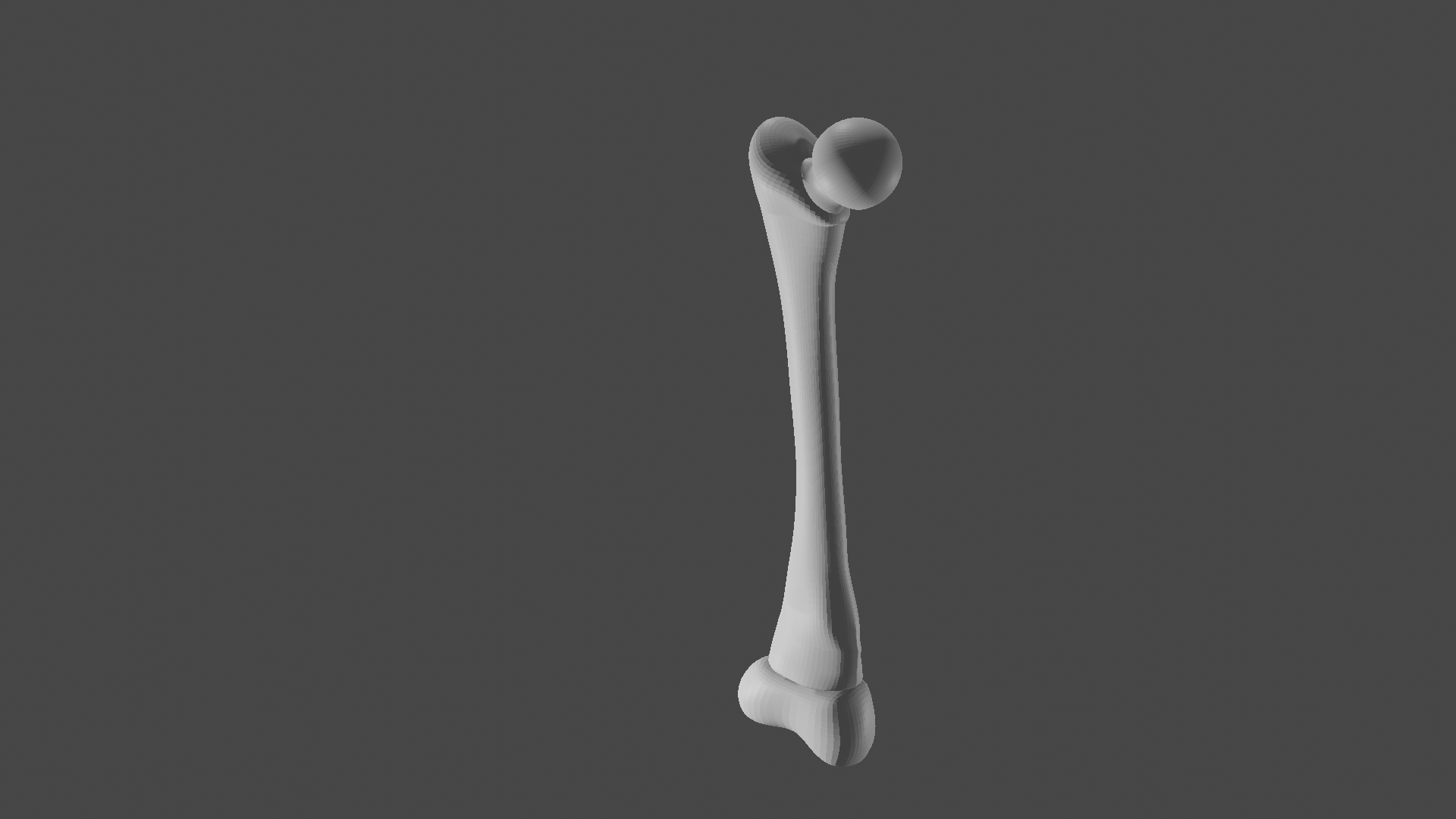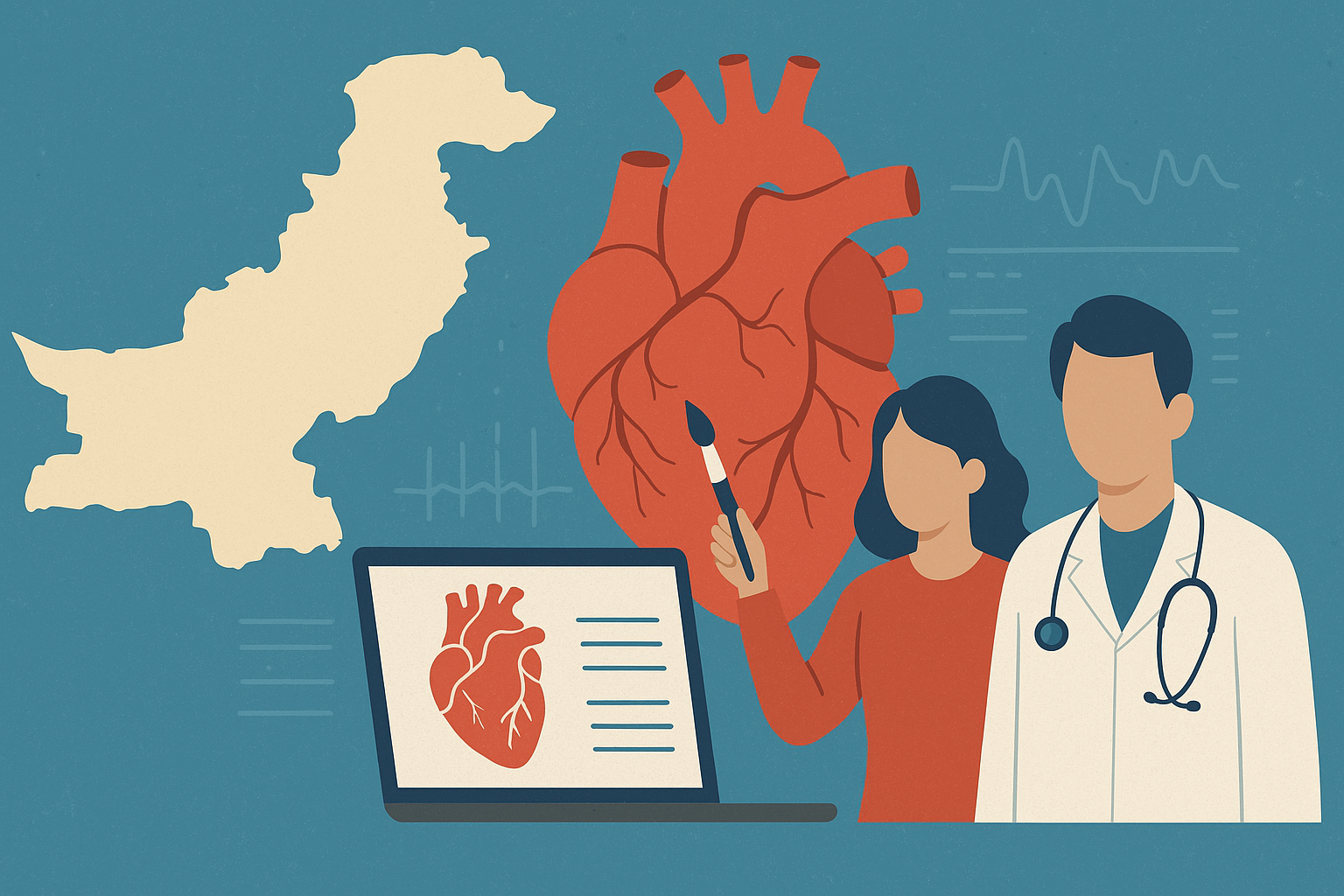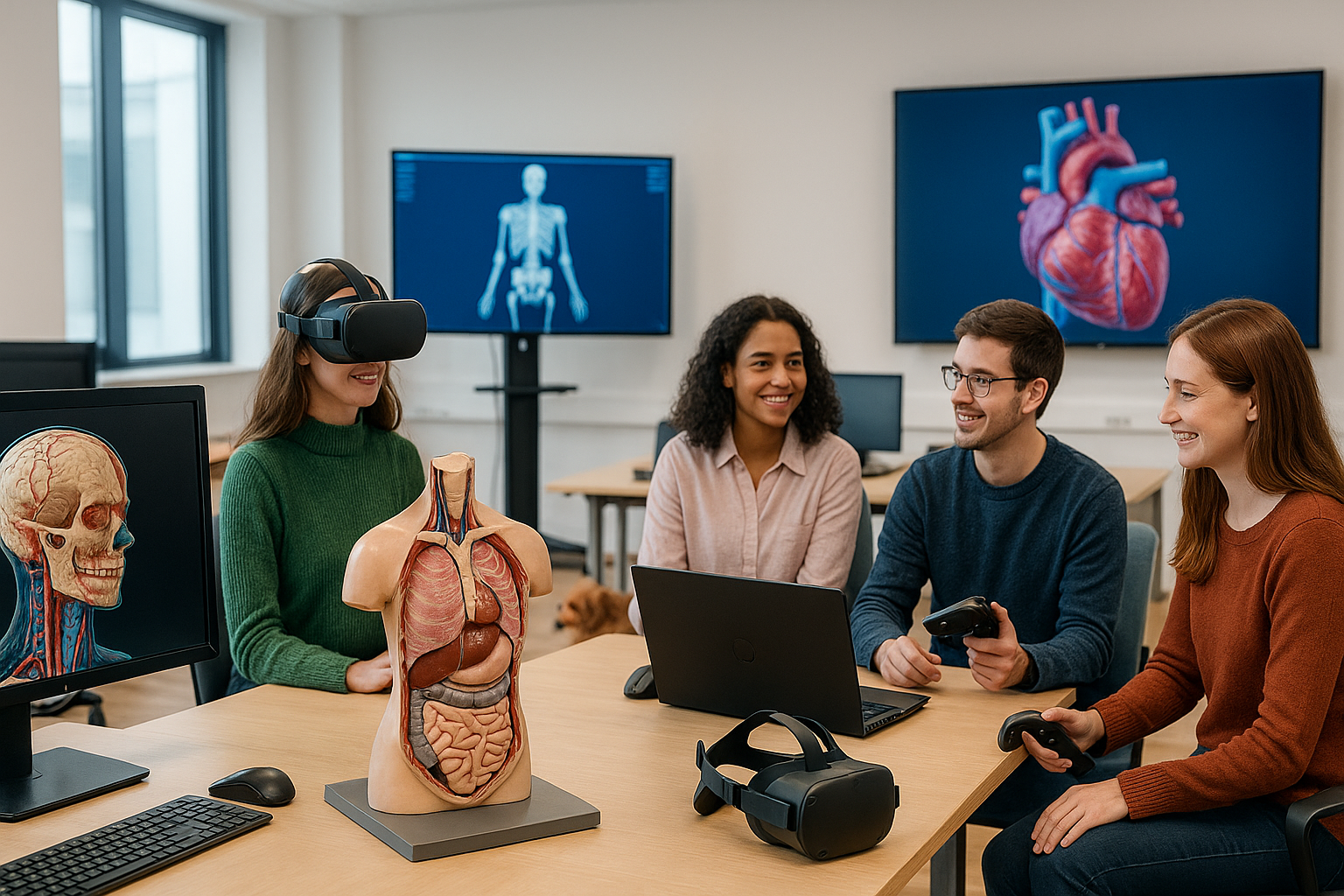My First Attempt: Modeling a Femur Bone
“Blender isn’t just for monsters and mechs—it’s for muscles and bones too.”
Why Blender + Anatomy?
When I started exploring Medical Visualization, one thing became clear:
If I want to bring biology to life, I need to understand the form as much as the function.
That’s where Blender came in—a free, powerful 3D software that artists (and now medical nerds like me) use to create stunning visuals.
I’ve used Blender for animations before, but this time… it was personal.
It was about learning the structure of the human body through modeling, not memorizing.
How I Got Started
I found a course on Coursera that teaches anatomy using Blender (offered by the University of Glasgow 👀—more on that later 👀). It had the perfect combo of:
- Introductory anatomy lessons
- Blender modeling walkthroughs
- A focus on accuracy, not just aesthetics
Honestly, it felt like art class meets biology lab, and I was hooked from the first module.
My First Project: The Femur
The first bone I modeled was the femur—aka the longest bone in the human body. And also, kind of the coolest.
Here’s what I learned while building it:
🦴 The femur has curves and complexity
It’s not just a cylinder. It bulges, dips, and twists. Every little bump has a purpose.
🎯 Proportions matter
Medical accuracy means measuring and comparing—not just eyeballing like I’d do in regular animation work.
🛠️ Blender is surprisingly anatomy-friendly
With modifiers, sculpting tools, and orthographic views, it becomes a full-on anatomy lab.
🤯 I finally understood the structure
Seeing the femur from every angle, and building it piece by piece, helped me actually get what I was looking at in books.
I didn’t just look at the femur.
I built it.
That’s a whole different level of learning.
Work in Progress

Final Thoughts
This was my first attempt at using 3D to learn anatomy—and it genuinely changed how I see the human body.
Instead of just reading facts or watching videos, I was:
- Zooming in
- Rotating angles
- Sculpting curves
- And appreciating the weird beauty of bones 🦴✨
There’s something magical about turning knowledge into something you can see, touch, and tweak.
What’s Next?
I’m planning to model more bones, organs, and systems—and explore how Blender can be a legit learning tool for both artists and med students.
And yes, I’ll be talking more about the Coursera course I’m following in a separate post (because it deserves its own spotlight).
If you’re an artist who misses biology—or a med student who loves visuals—Blender might just be your new best friend.




Leave a Reply